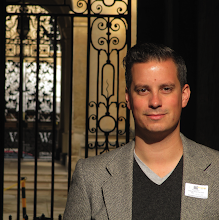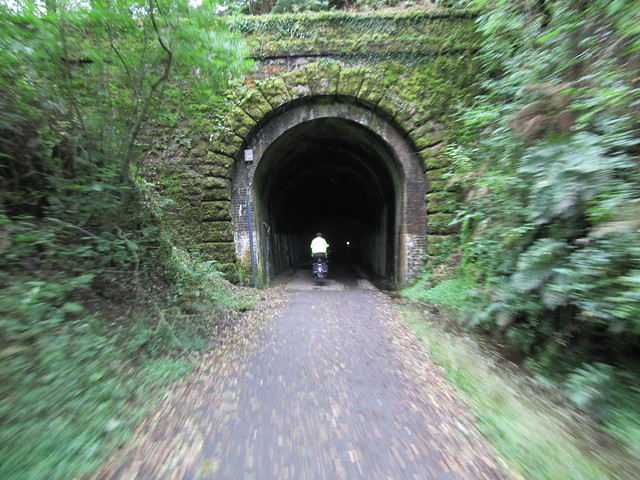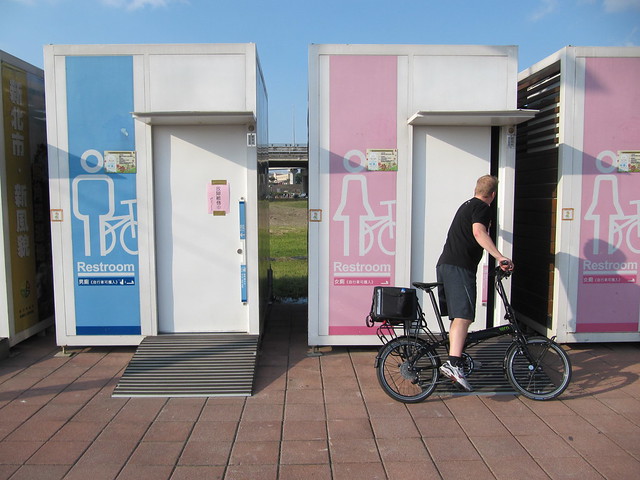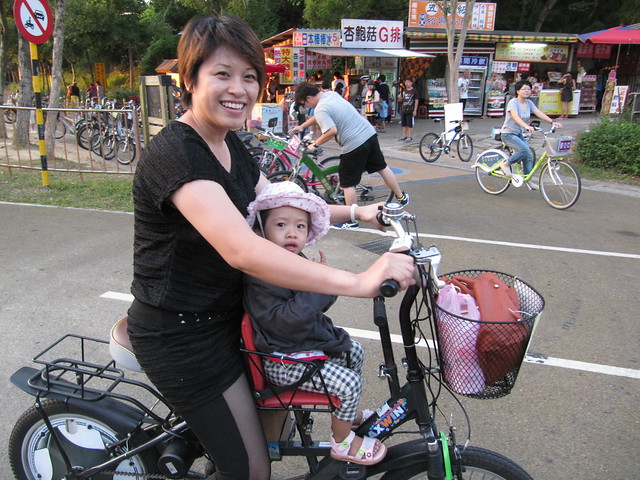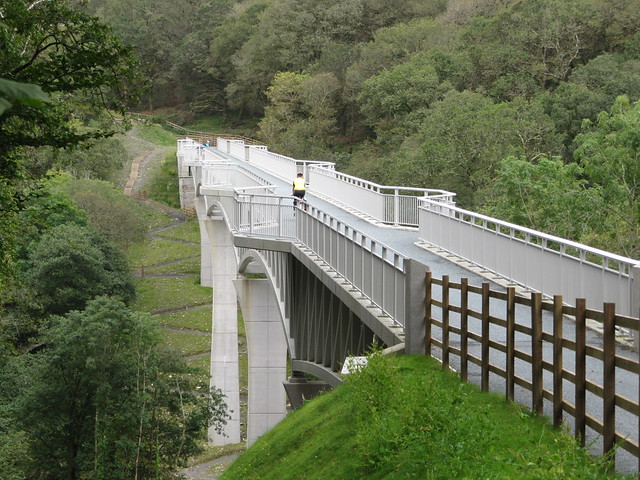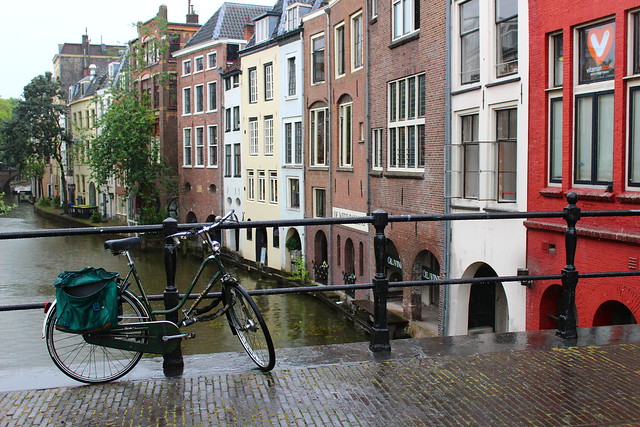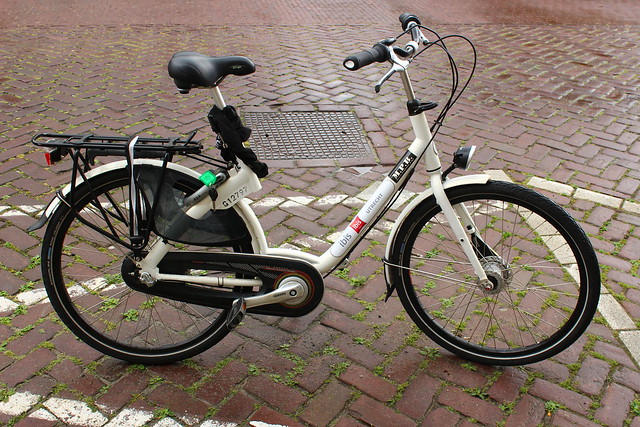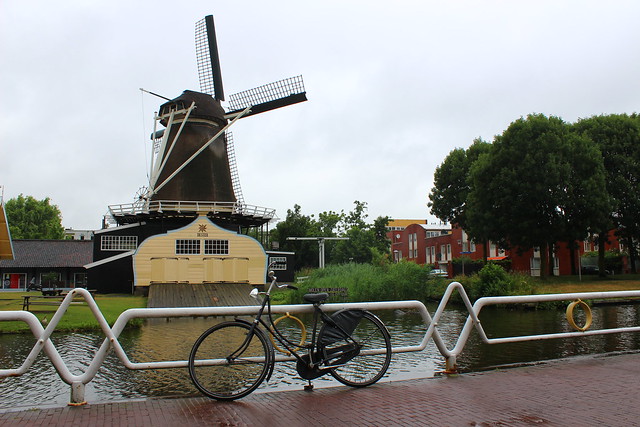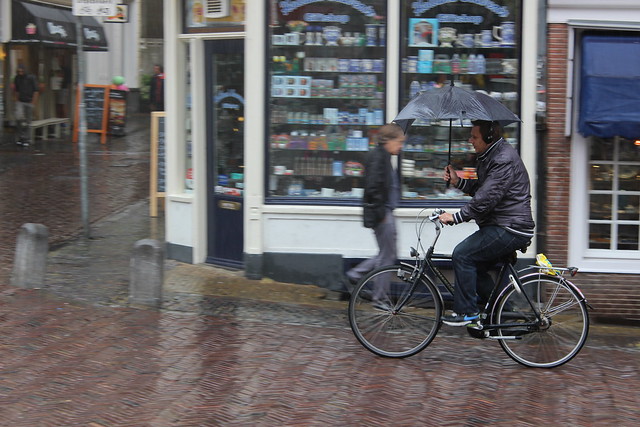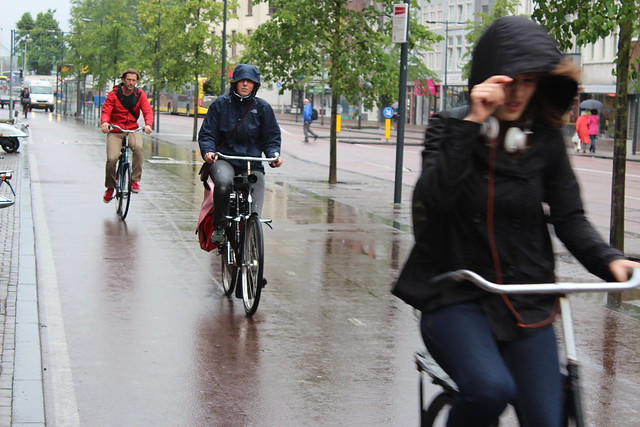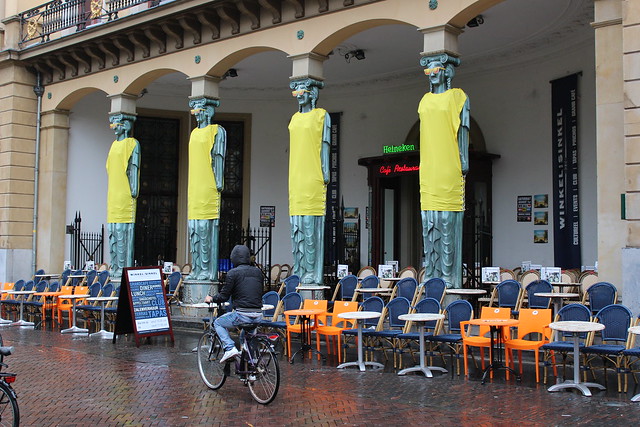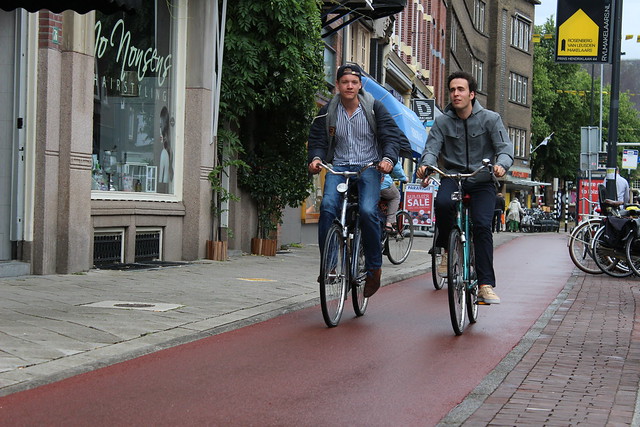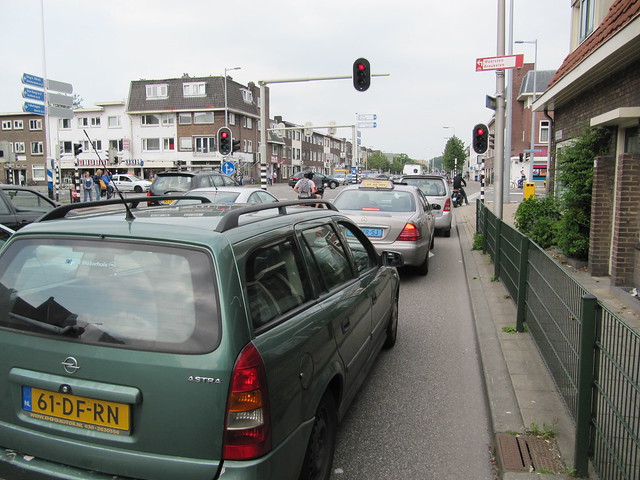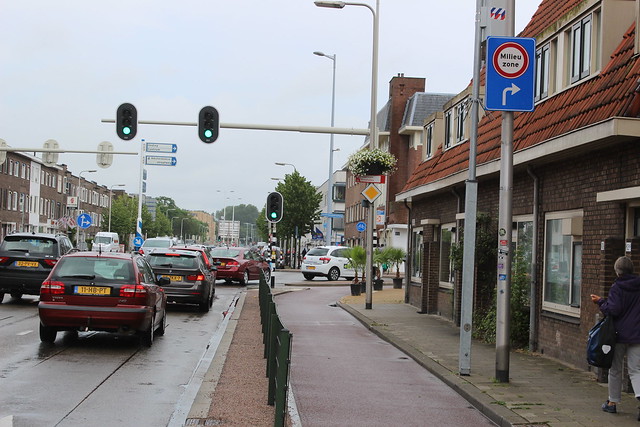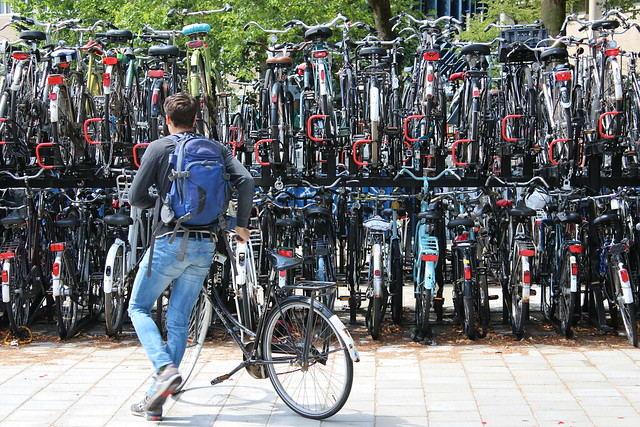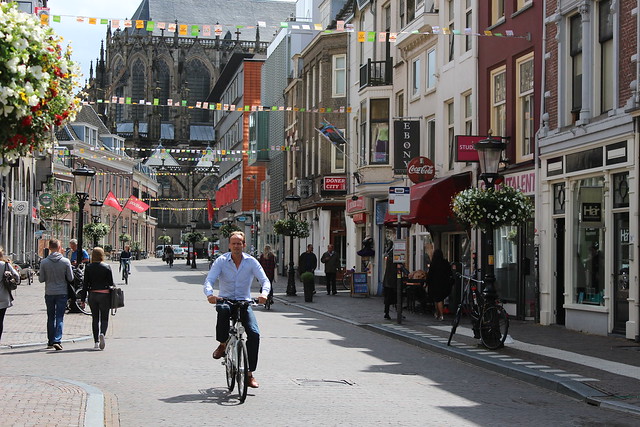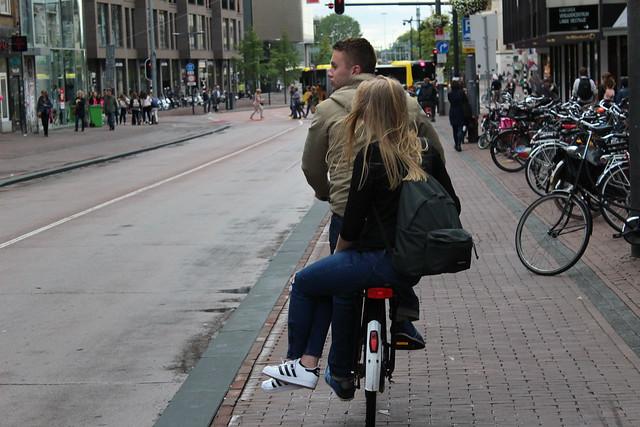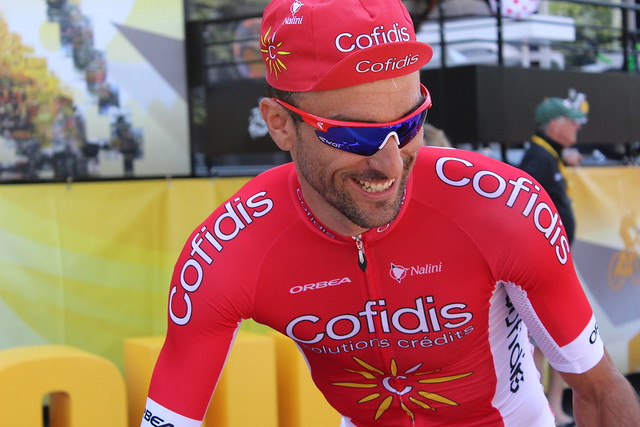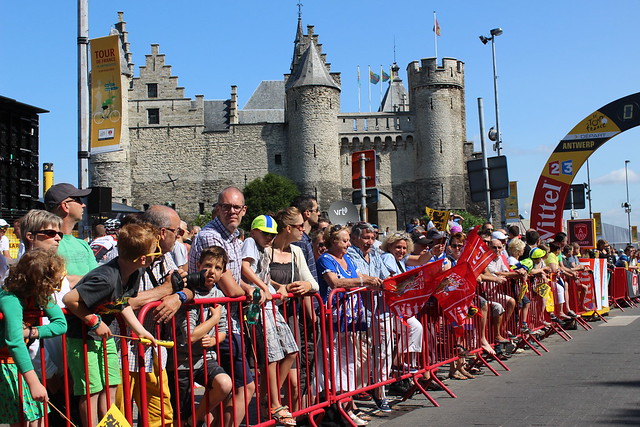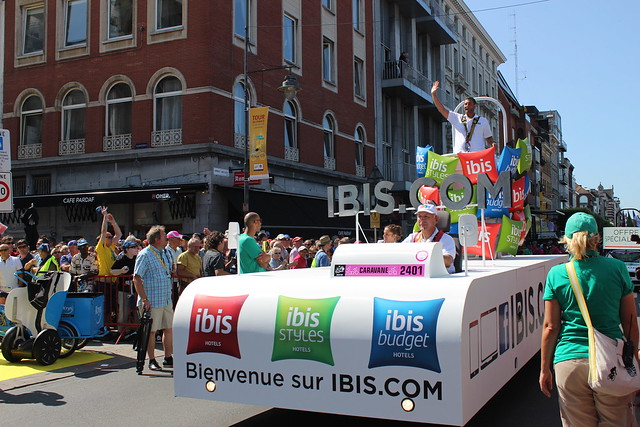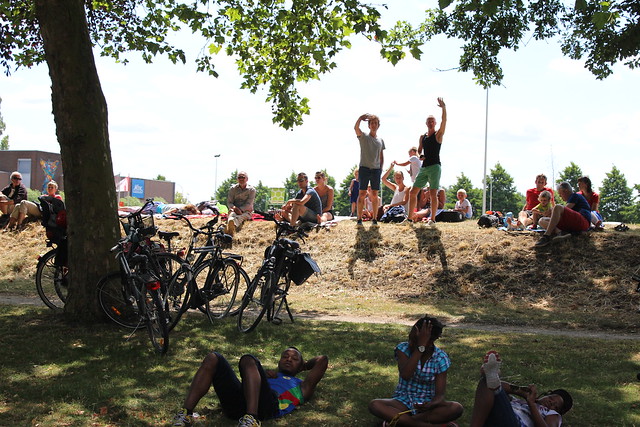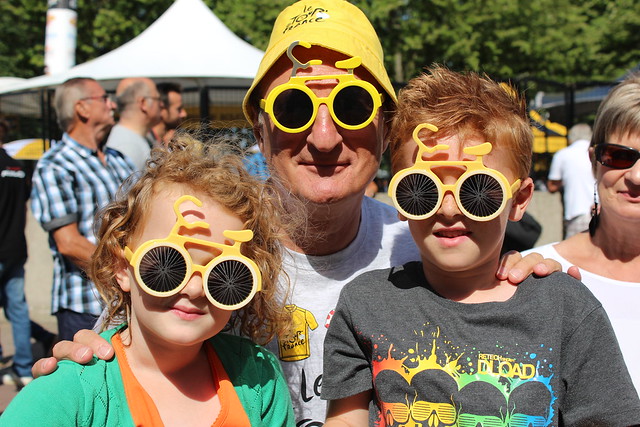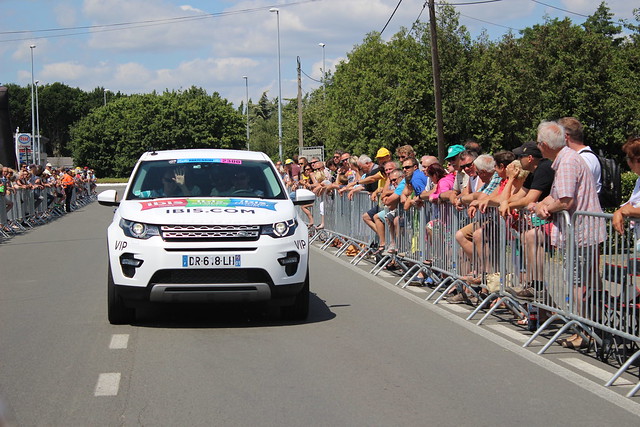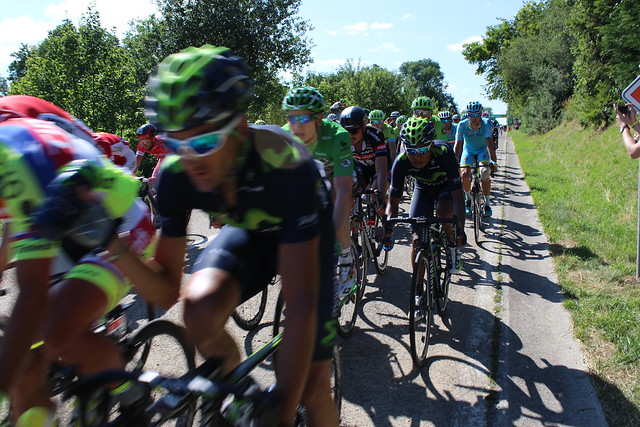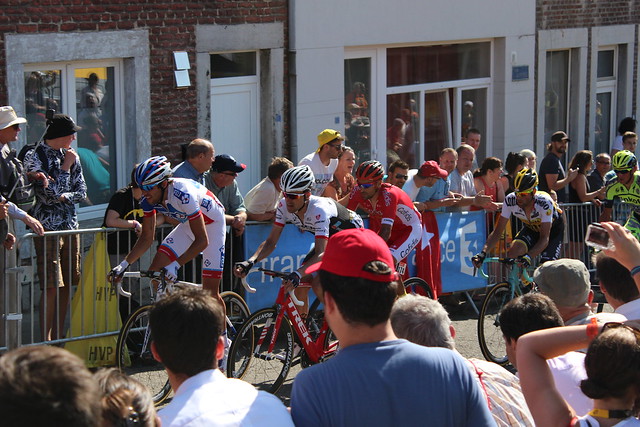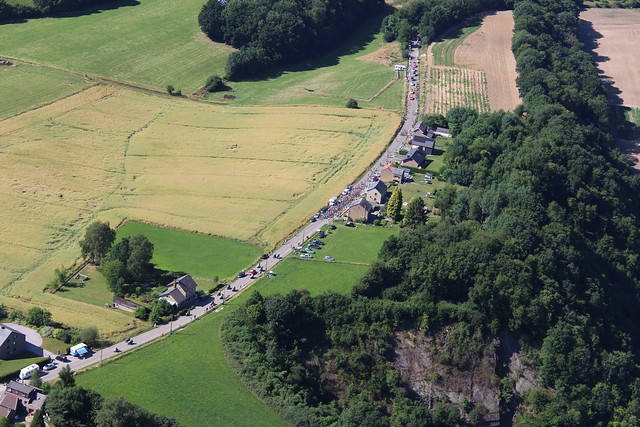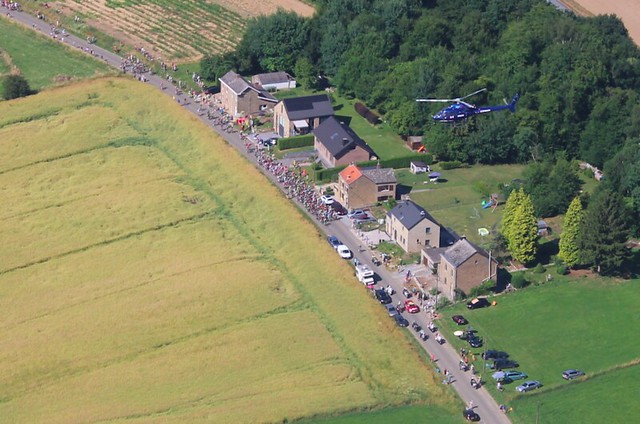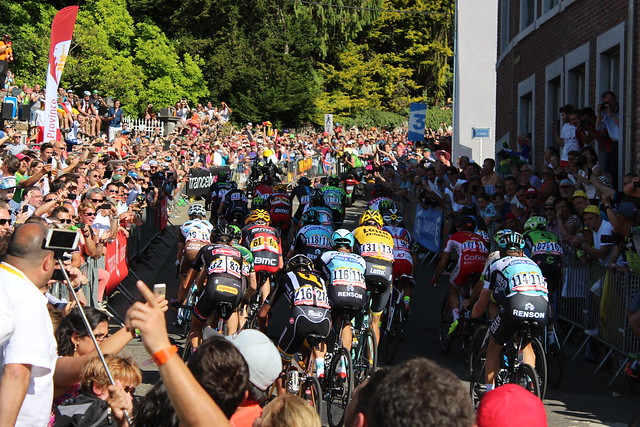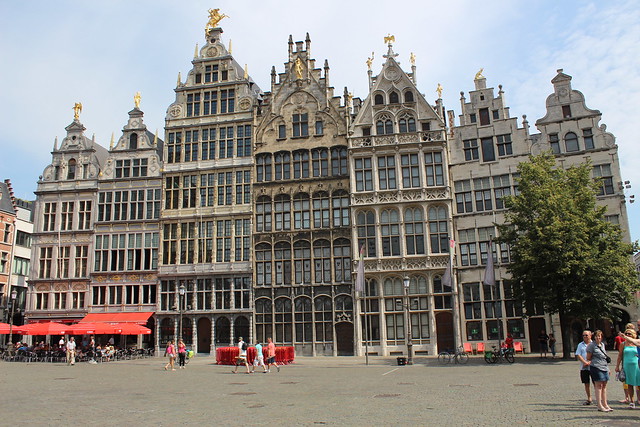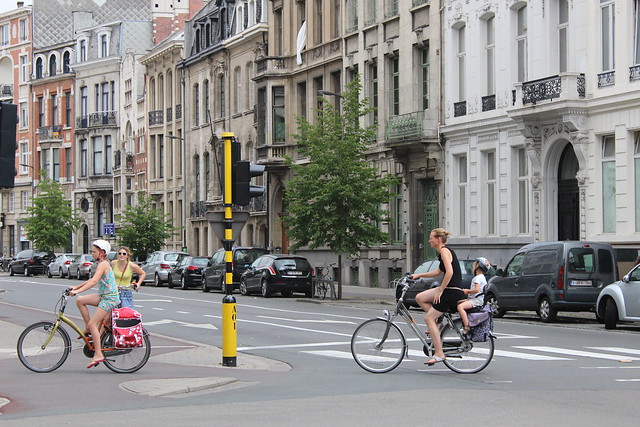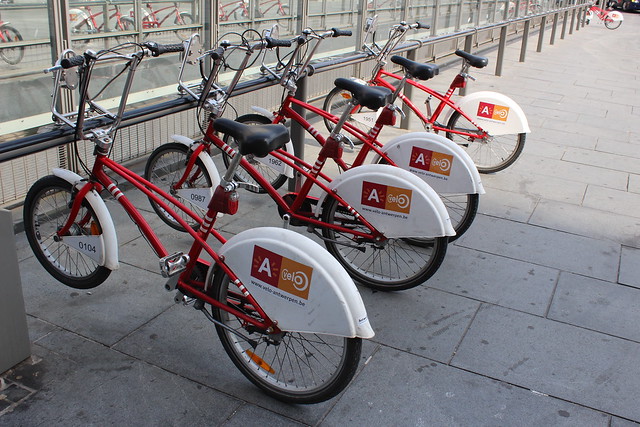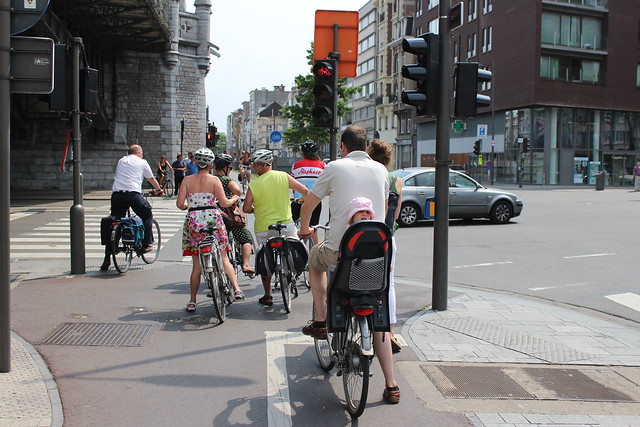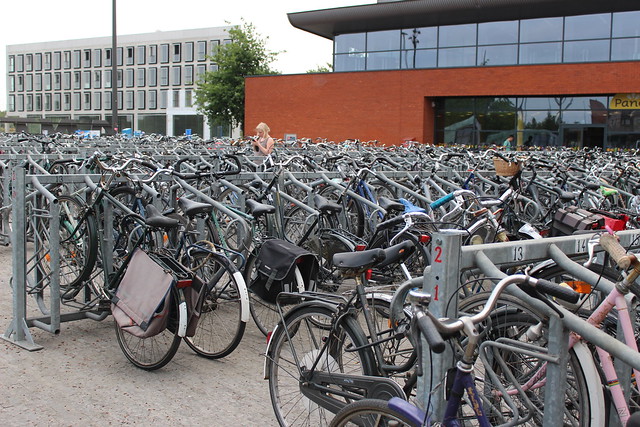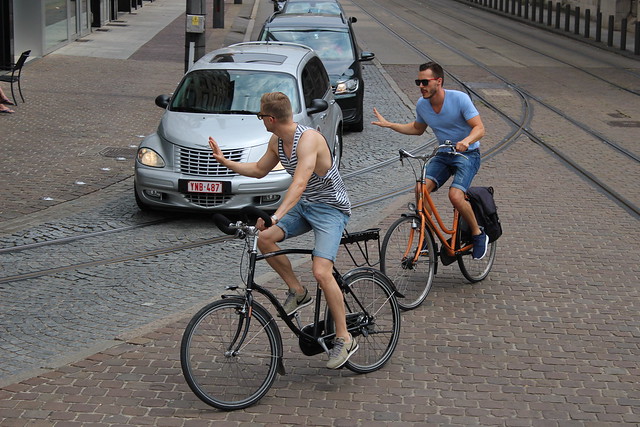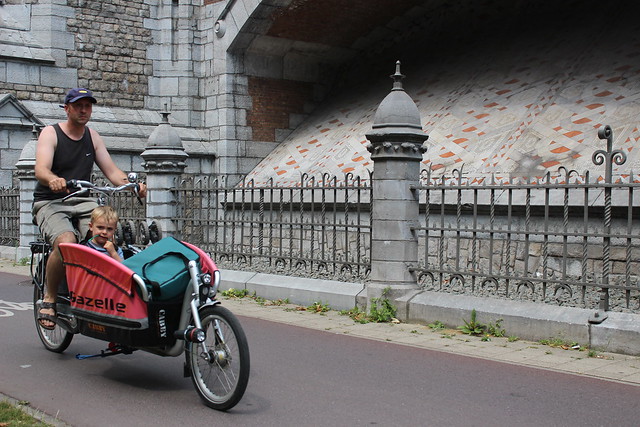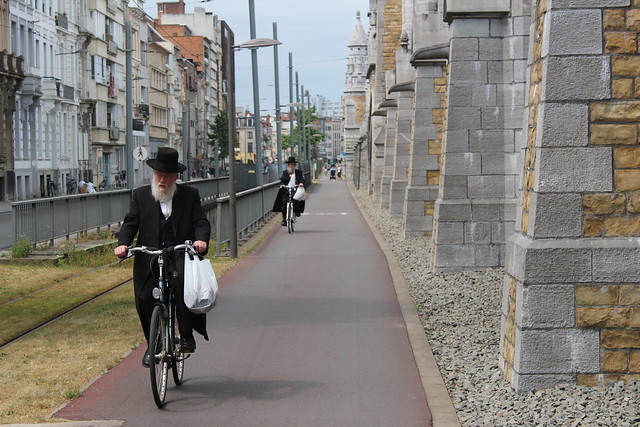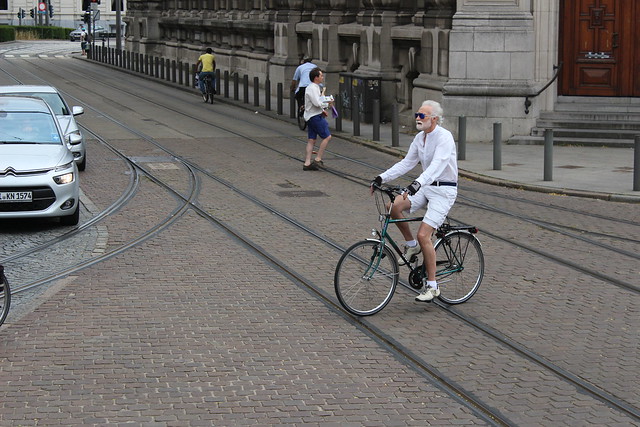Last week I visited the Dutch city of Zwolle, the Netherlands City of Cycling in 2014. It's a pretty, historic city surrounded by countryside and has a pedestrianised heart. But what I saw there made me reconsider banning bicycles from pedestrian-only areas, but not for the reasons why you might think.
Many cities - both in the UK and elsewhere - have pedestrian zones where people using their feet to get around can relax in a safe environment where they don't need to be worried about being knocked down by speeding cyclists, or any other traffic for that matter. Where there are lots of people, especially around shops, this has always made sense to me.
The West Country town I grew up in had a large pedestrians-only shopping area, where you were expected to lock your bicycle on the perimeter and walk in. Even as a young man I remember being approached by security guards and given a telling off for pushing my bike through.
Things were different in Zwolle. I'm not sure if bikes were technically permitted but I saw many in the pedestrian area. A few were being slowly cycled to available bicycle parking, but the majority of them were being pushed. I saw two friends; one woman on a bike and one man on foot, making a journey together through the city centre (photographed, below) Would their journey have taken place if a strict bike plan was in place?
An older woman was using her bicycle as a shopping trolley, filling her basket with goods she brought as she pushed the bike from store to store.
I remember hearing Danish urbanist Jan Gehl recount a story about his mother who, when she became too frail to cycle, would still walk with her bicycle - it was her dignified access to mobility, without having to revert to using a walking frame.
Pedestrians are important, and in pedestrian areas should always come first. As with much in life however the situation is not black and white; people have a complex approach to their own mobility. I wouldn't want to see cyclists riding at speed through shopping areas, or obstructing access with mountains of parked bicycles, but I realise there's more to bicycles in pedestrian-only areas than initially meets the eye.
P.S For more wild and reckless behaviour like using a bike in a pedestrianised area, see this film by the City of Zwolle which features their Bike Director getting a backie from various residents - something which landed London Mayor Boris Johnson in hot water this week and for which he was slammed by the CTC! (Film in Dutch only, sorry!)
Share |
Many cities - both in the UK and elsewhere - have pedestrian zones where people using their feet to get around can relax in a safe environment where they don't need to be worried about being knocked down by speeding cyclists, or any other traffic for that matter. Where there are lots of people, especially around shops, this has always made sense to me.
The West Country town I grew up in had a large pedestrians-only shopping area, where you were expected to lock your bicycle on the perimeter and walk in. Even as a young man I remember being approached by security guards and given a telling off for pushing my bike through.
Things were different in Zwolle. I'm not sure if bikes were technically permitted but I saw many in the pedestrian area. A few were being slowly cycled to available bicycle parking, but the majority of them were being pushed. I saw two friends; one woman on a bike and one man on foot, making a journey together through the city centre (photographed, below) Would their journey have taken place if a strict bike plan was in place?
An older woman was using her bicycle as a shopping trolley, filling her basket with goods she brought as she pushed the bike from store to store.
I remember hearing Danish urbanist Jan Gehl recount a story about his mother who, when she became too frail to cycle, would still walk with her bicycle - it was her dignified access to mobility, without having to revert to using a walking frame.
Pedestrians are important, and in pedestrian areas should always come first. As with much in life however the situation is not black and white; people have a complex approach to their own mobility. I wouldn't want to see cyclists riding at speed through shopping areas, or obstructing access with mountains of parked bicycles, but I realise there's more to bicycles in pedestrian-only areas than initially meets the eye.
P.S For more wild and reckless behaviour like using a bike in a pedestrianised area, see this film by the City of Zwolle which features their Bike Director getting a backie from various residents - something which landed London Mayor Boris Johnson in hot water this week and for which he was slammed by the CTC! (Film in Dutch only, sorry!)
Share |
